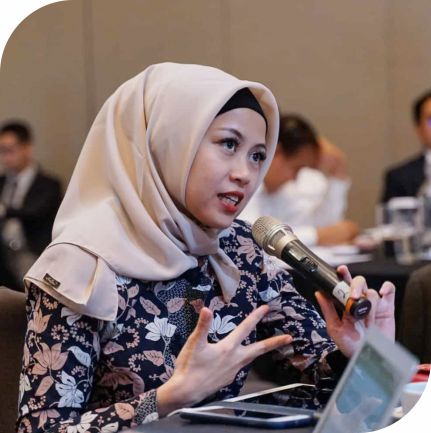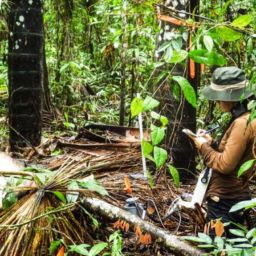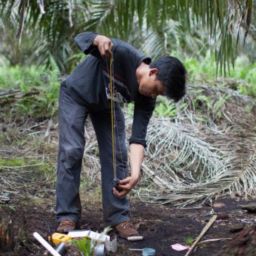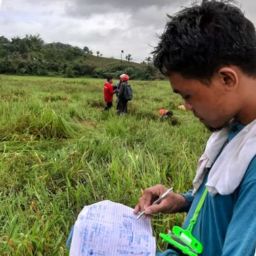

STRONGER TOGETHER: STRENGTHENING ASEAN’S REGION-WIDE RESPONSE TO DISASTERS
It was getting dark, and Adelina Kamal was still at her desk at the ASEAN Secretariat on 2 May 2008 when news of Cyclone Nargis flashed on her computer screen. Since the cyclone first formed on 27 April, it was all she could think about.
‘We had the resources and the will to help but lacked the mechanism to
coordinate and mobilise relief efforts’,
Kamal said.
Within two days, approximately 140,000 people were killed or unaccounted for. For Adelina, the hours, days, and weeks that followed were a blur of long nights filled with frantic coordination, meetings, and negotiations. A week later on 9 May 2009, the first ASEAN-Emergency Rapid Assessment Team was granted entry visa.
ASEAN is one of the most disaster-prone regions in the world, and after the Indian Ocean earthquake and tsunami and the Cyclone Nargis, Kamal knew there will be more to come. ‘I always want to make the impossible possible’, Kamal added, ‘and that’s exactly what the AHA Centre seemed like back then.’
Established in 2011, the ASEAN Coordinating Centre for Humanitarian Assistance on Disaster Management (AHA Centre) is the operational engine of the ASEAN Agreement on Disaster Management and Emergency Response (AADMER). AADMER provides a framework for region-wide cooperation, coordination, technical assistance, and resource mobilisation in response to disasters.
Kamal supported the establishment of the AHA Centre from her seat at the ASEAN Secretariat until she joined inter-governmental disaster relief agency as Executive Director in 2016.
‘I’ve always dreamt of working with the EU’, Kamal said. ‘We want the AHA Centre to be able to facilitate an ASEAN-wide response to disasters outside the region and the best teacher to learn from would be the EU because it has been doing so collectively as a region for years’, she explained.
In January 2020, the EU and ASEAN signed an agreement on a EUR 2.2 million joint programme called Leveraging ASEAN Capacities for Emergency Response (LACER) as part of the EU-funded Integrated Programme in Enhancing the Capacity of AHA Centre and ASEAN Emergency Response Mechanisms (EU SAHA). Implemented by the Swedish Civil Contingencies Agency (MSB) and the Estonia Rescue Board (ERB), LACER provides capacity-building support to the AHA Centre through a series of knowledge-sharing activities.
The pandemic has forced the project to shift their planned activities online including the first project steering committee meeting on 8 December 2020.
‘The first phase of the project was meant to lay the foundations of our work with the AHA Centre’”, Carl Johan Breitholtz, Project Manager of LACER said. ‘It’s important to build our relationship with the AHA Centre on trust, and despite the pandemic we managed to do just that.’
In 2021, the project aims to continue working with the AHA Centre across four technical components:
- Strengthen the institutional capacity, corporate policies and management of the AHA Centre
- Enhanced operational capacity for the AHA Centre in monitoring, preparing and responding to disasters
- Increased preparedness and Respond-As-One capacities for ASEAN
- Enhance professionalism through standards and certification











